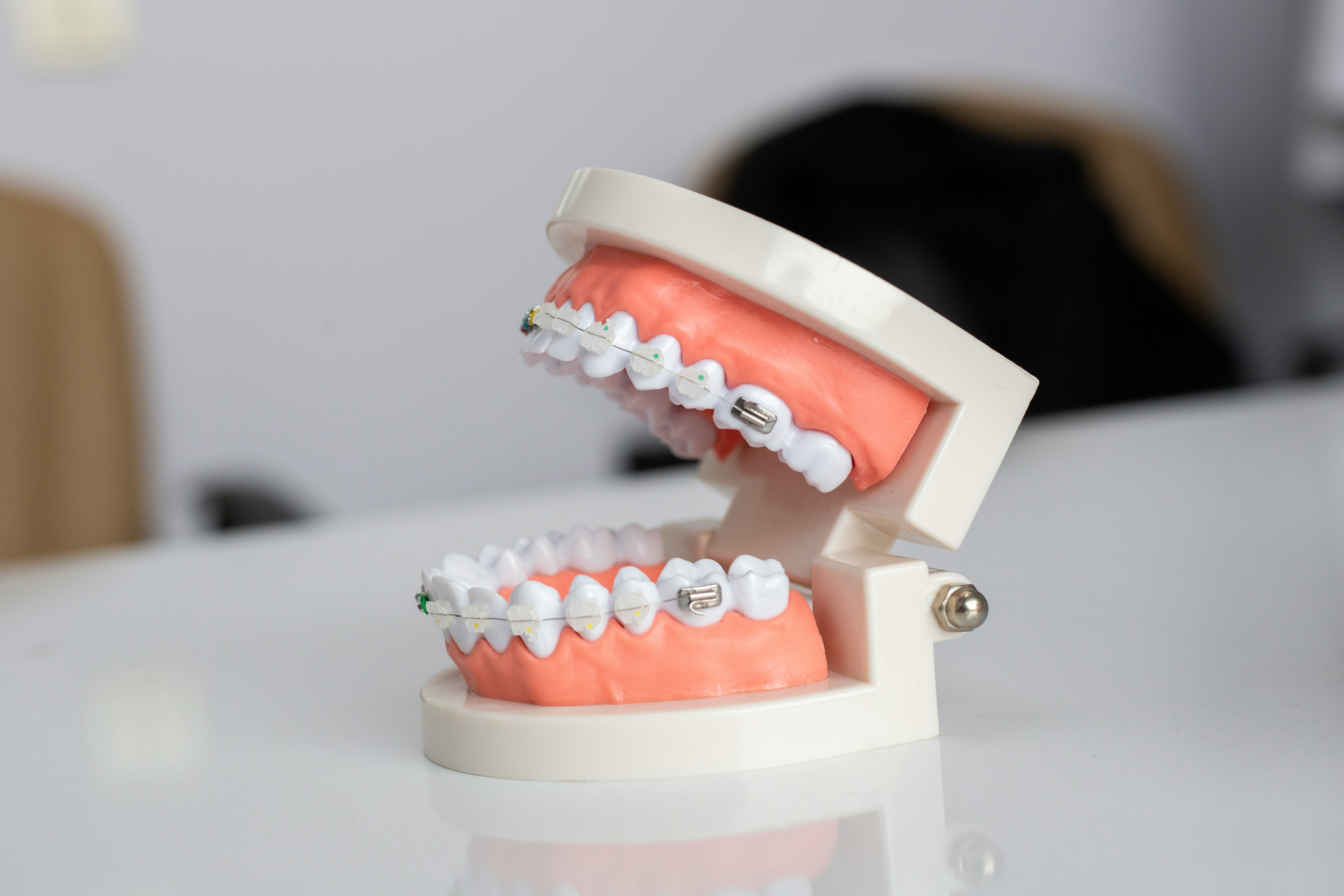Dental Braces: Your Guide to Straighter Teeth
Dental braces straighten teeth, correct bite issues, and improve overall oral health. From traditional metal braces to clear aligners, modern options are more comfortable and discreet, helping people of all ages achieve a confident smile. Read to see if dental braces suit your needs.

What Are Dental Braces and How Do They Work?
Dental braces are orthodontic devices designed to gradually move teeth into proper alignment over time. They work by applying consistent, gentle pressure to teeth, encouraging them to shift into their correct positions. This process involves the natural ability of bone tissue to remodel itself when subjected to steady force.
Traditional braces consist of metal brackets bonded to each tooth, connected by archwires that guide tooth movement. The orthodontist adjusts these wires periodically to maintain the appropriate pressure and direction of movement. Modern braces have evolved significantly, becoming smaller, more comfortable, and less noticeable than previous generations.
The treatment process typically begins with a comprehensive examination, including X-rays and impressions of your teeth. Your dental braces doctor will create a customized treatment plan based on your specific needs, which may include addressing overcrowding, gaps, overbites, underbites, or crossbites.
Types of Braces for Teeth Available Today
Today’s orthodontic patients have several options when choosing braces for teeth. Traditional metal braces remain popular due to their effectiveness and affordability. These braces are now smaller and more comfortable than ever before, with colorful elastic bands that allow for personal expression.
Ceramic braces offer a more discreet option, using tooth-colored or clear brackets that blend with natural teeth. While slightly more expensive than metal braces, they provide excellent results with improved aesthetics during treatment.
Lingual braces are placed on the inside surface of teeth, making them virtually invisible from the outside. However, they can be more challenging to clean and may initially affect speech more than traditional braces.
Clear aligners, such as Invisalign, represent the most modern approach to teeth straightening. These removable, transparent trays are custom-made to fit your teeth and are replaced every few weeks as teeth gradually move into position.
Finding the Right Dental Braces Doctor
Selecting a qualified dental braces doctor is crucial for successful treatment outcomes. Orthodontists are dental specialists who complete additional years of training specifically focused on tooth movement and jaw alignment. When searching for local services in your area, consider factors such as experience, treatment philosophy, and patient reviews.
During your initial consultation, a qualified orthodontist will assess your specific needs, explain treatment options, and provide a realistic timeline for your treatment. They should also discuss maintenance requirements, potential challenges, and expected outcomes.
Look for providers who use modern diagnostic tools and offer various treatment options. Many orthodontic practices now provide digital treatment planning, allowing you to visualize potential results before beginning treatment.
Cost Considerations for Dental Braces
The cost of dental braces varies significantly based on treatment type, duration, and geographic location. Traditional metal braces typically represent the most affordable option, while newer technologies like clear aligners or lingual braces command higher prices.
| Treatment Type | Average Cost Range | Treatment Duration | Key Benefits |
|---|---|---|---|
| Traditional Metal Braces | $3,000 - $7,000 | 18-36 months | Most affordable, highly effective |
| Ceramic Braces | $4,000 - $8,000 | 18-36 months | Less visible, effective results |
| Lingual Braces | $8,000 - $10,000 | 18-36 months | Completely hidden, custom-made |
| Clear Aligners | $3,000 - $8,000 | 12-24 months | Removable, nearly invisible |
Prices, rates, or cost estimates mentioned in this article are based on the latest available information but may change over time. Independent research is advised before making financial decisions.
Many orthodontic practices offer payment plans or financing options to make treatment more accessible. Additionally, dental insurance may cover a portion of orthodontic treatment, particularly for children and adolescents. Some employers offer flexible spending accounts that can be used for orthodontic expenses.
Benefits Beyond Aesthetics
While achieving a beautiful smile is often the primary motivation for seeking orthodontic treatment, dental braces provide numerous health benefits. Properly aligned teeth are easier to clean, reducing the risk of tooth decay and gum disease. Correcting bite issues can alleviate jaw pain, reduce wear on tooth surfaces, and improve chewing function.
Straight teeth also contribute to clearer speech and can boost self-confidence in social and professional situations. The investment in orthodontic treatment often pays dividends in improved oral health throughout life, potentially reducing the need for more extensive dental work later.
Maintaining Your Braces and Oral Health
Successful orthodontic treatment requires commitment to proper oral hygiene and following your orthodontist’s instructions. Regular brushing and flossing become more challenging but increasingly important when wearing braces. Special tools like interdental brushes and water flossers can help maintain cleanliness around brackets and wires.
Avoiding certain foods that can damage braces, attending regular adjustment appointments, and wearing retainers as prescribed after treatment completion are essential for achieving and maintaining optimal results.
Dental braces represent a proven investment in your oral health and overall well-being. With various options available and qualified professionals ready to help, achieving the straight, healthy smile you desire is more accessible than ever. Consulting with an experienced orthodontist will help you determine the best treatment approach for your specific needs and lifestyle.
This article is for informational purposes only and should not be considered medical advice. Please consult a qualified healthcare professional for personalized guidance and treatment.




